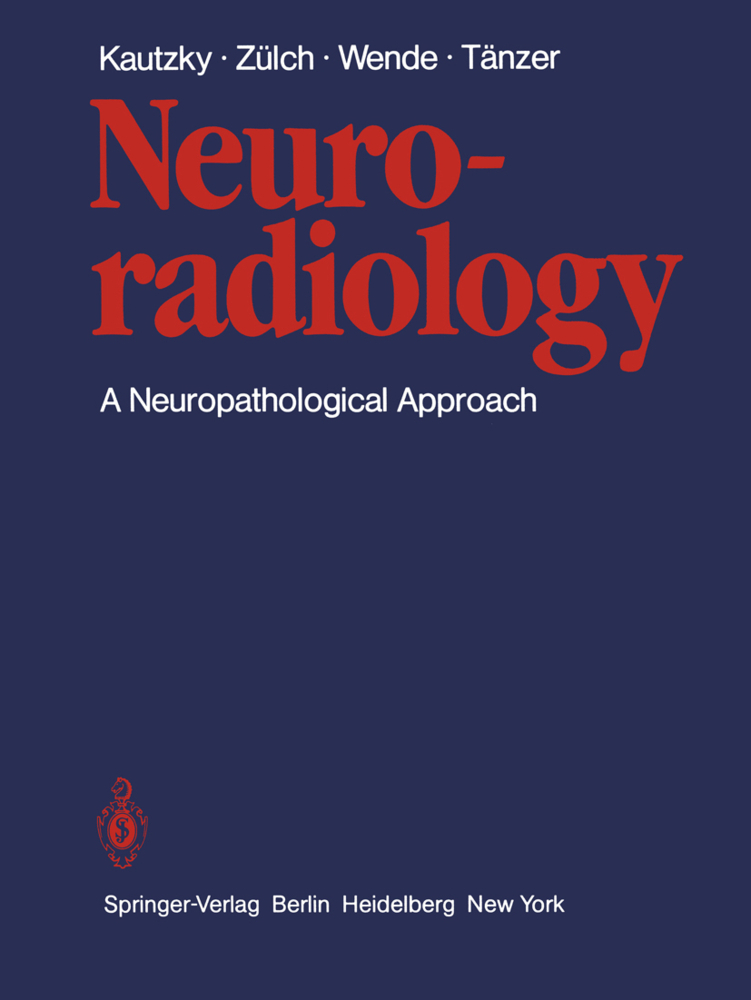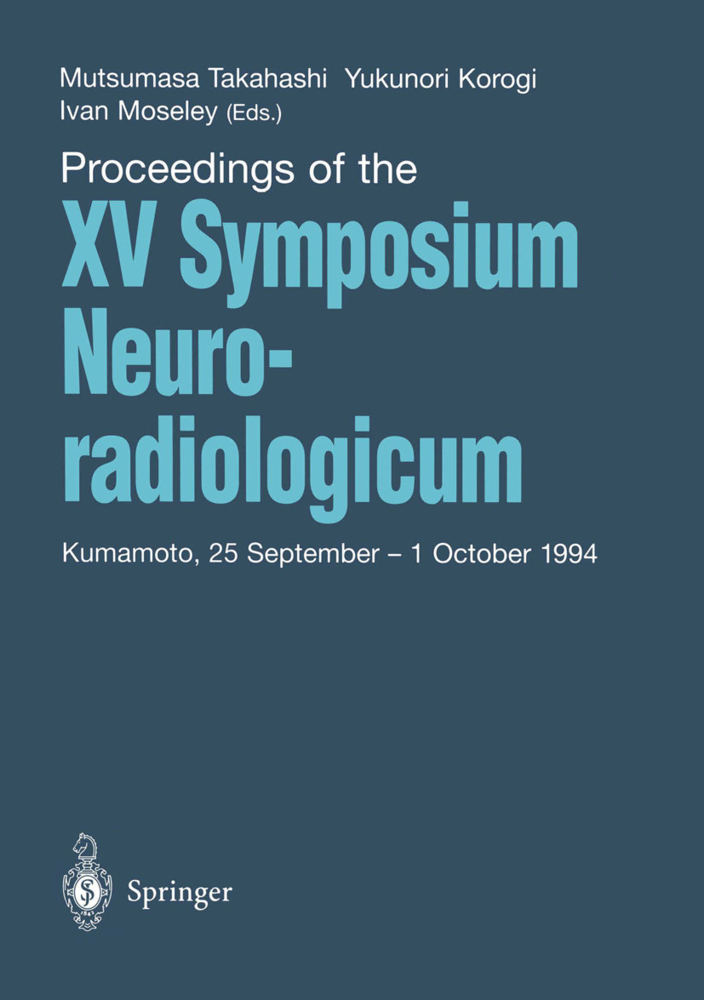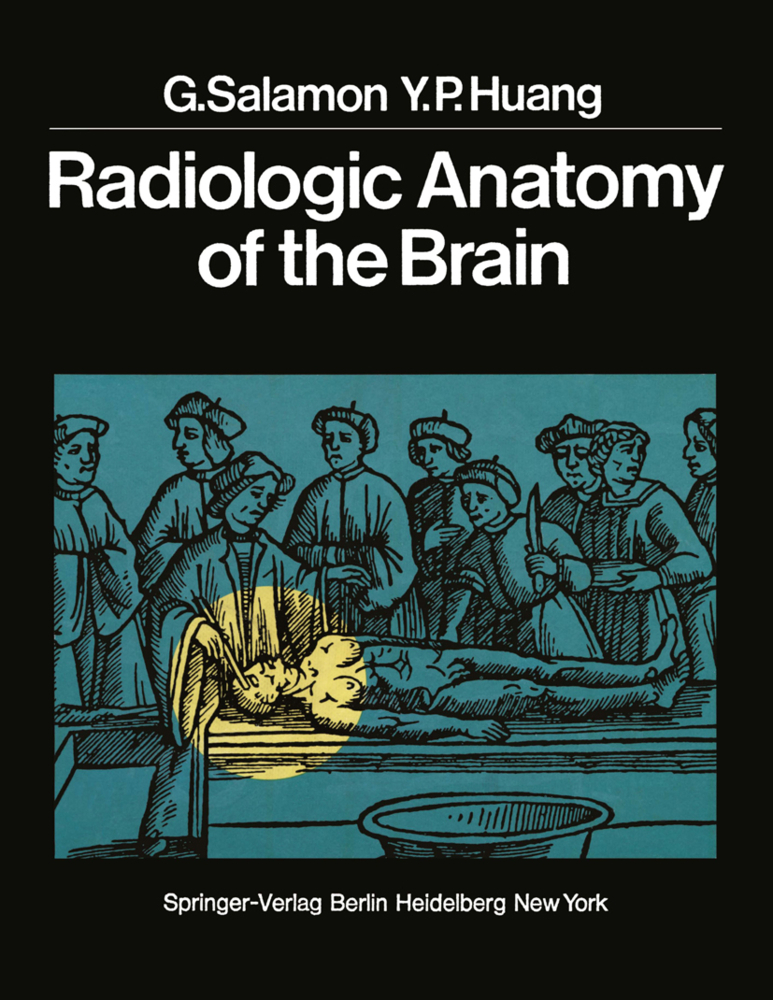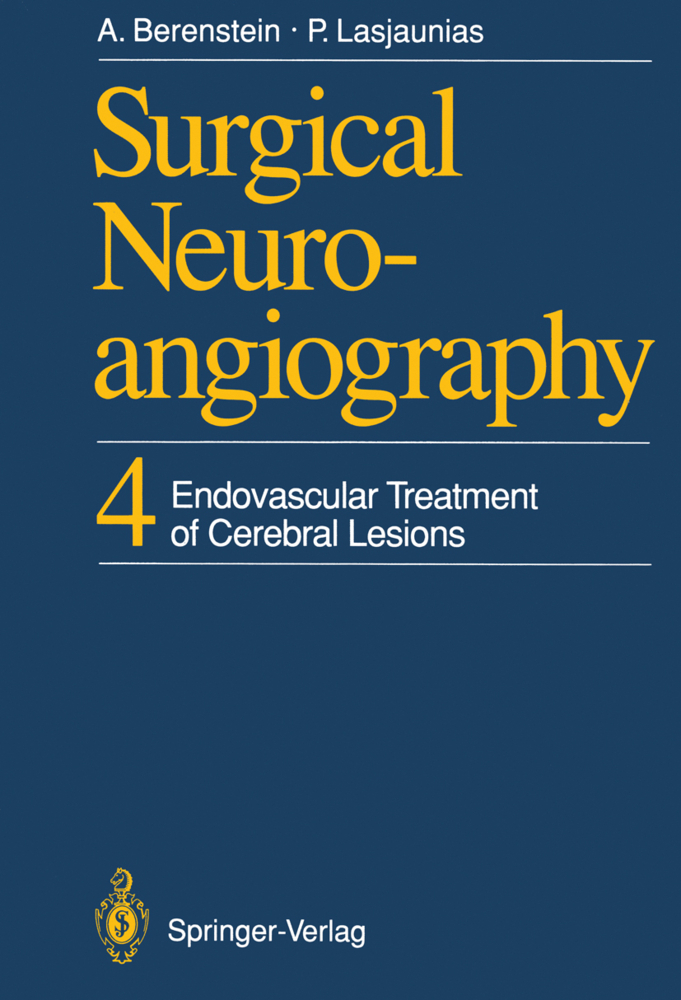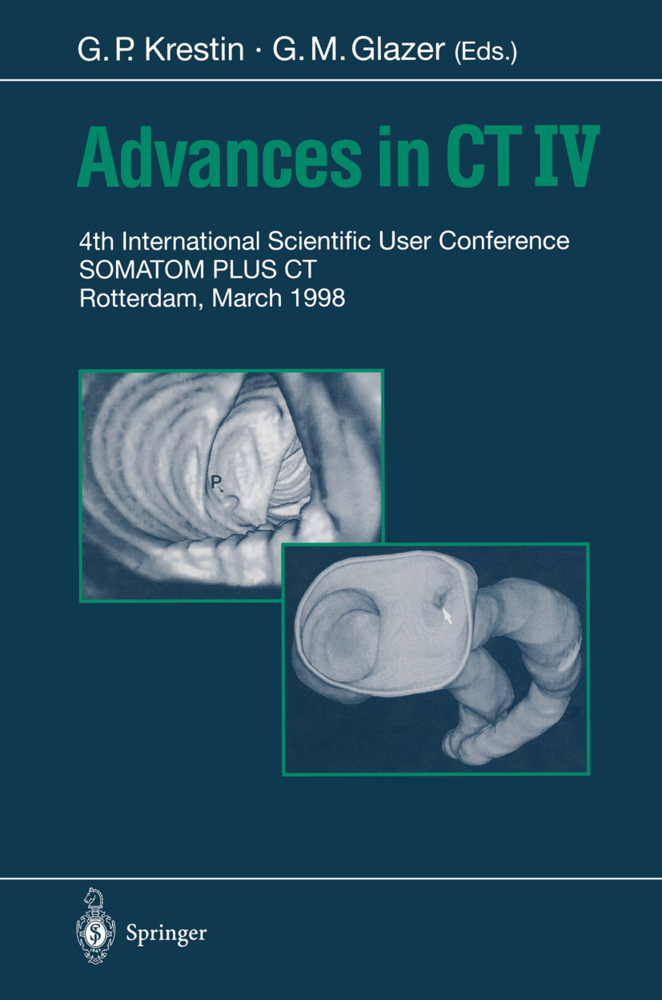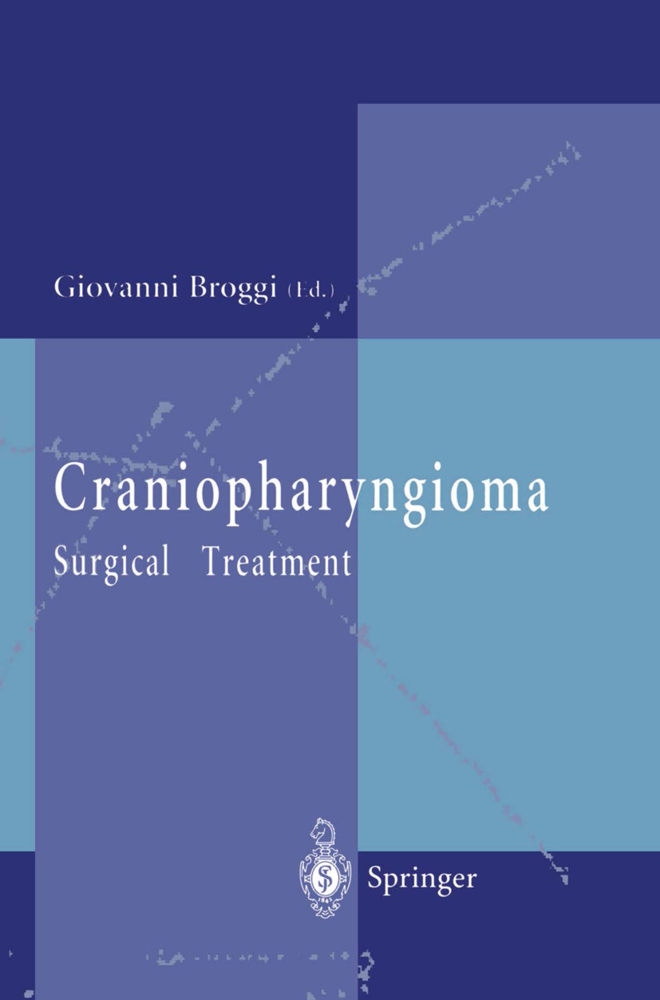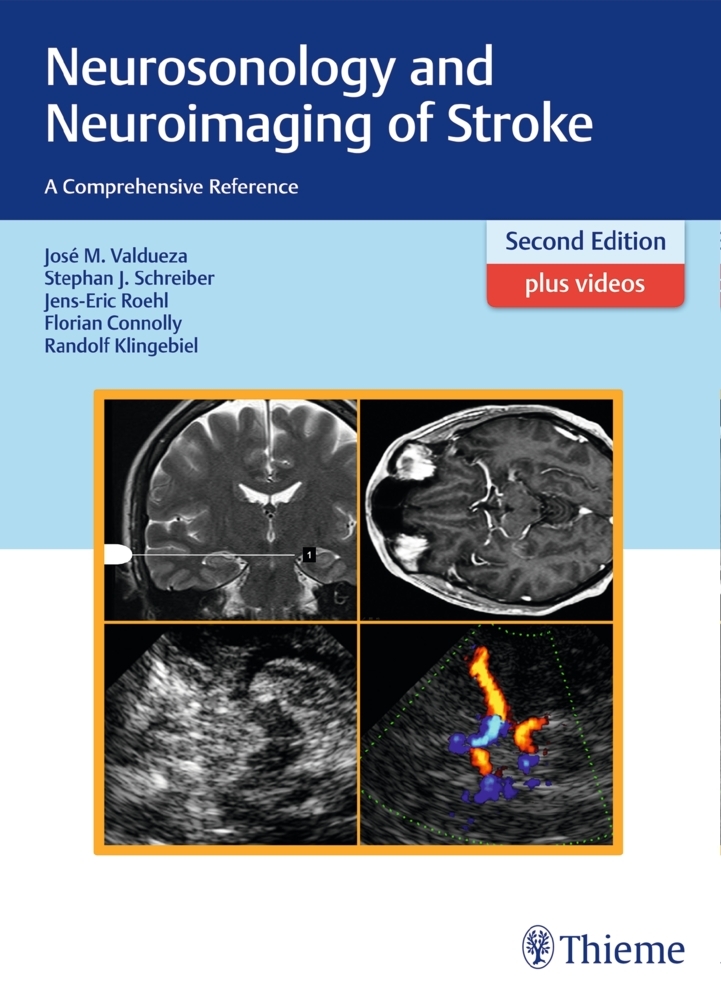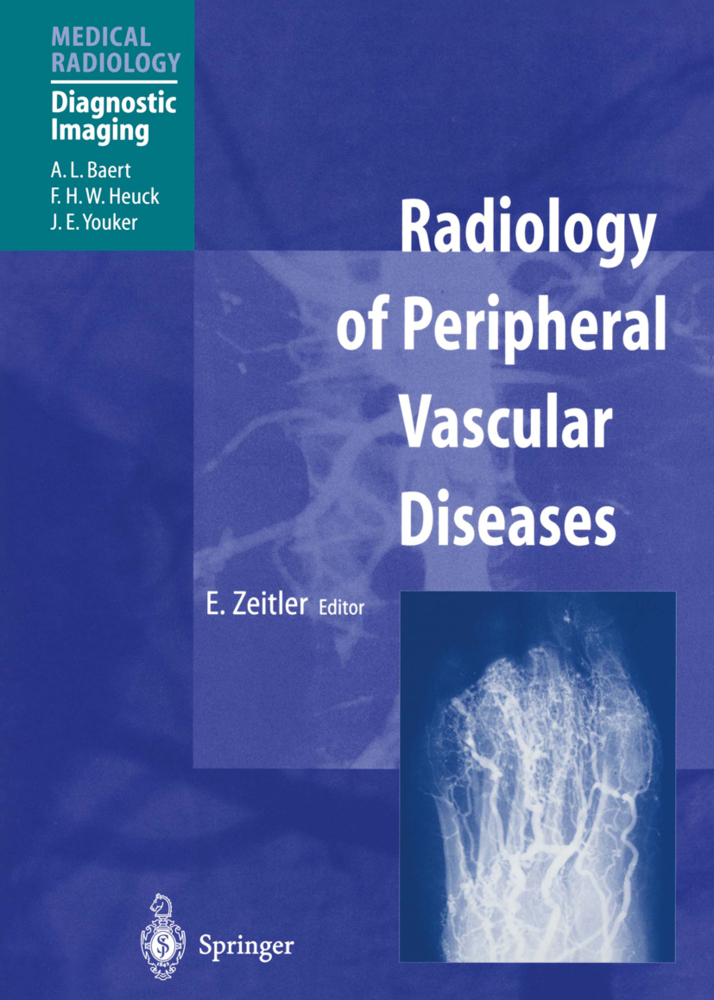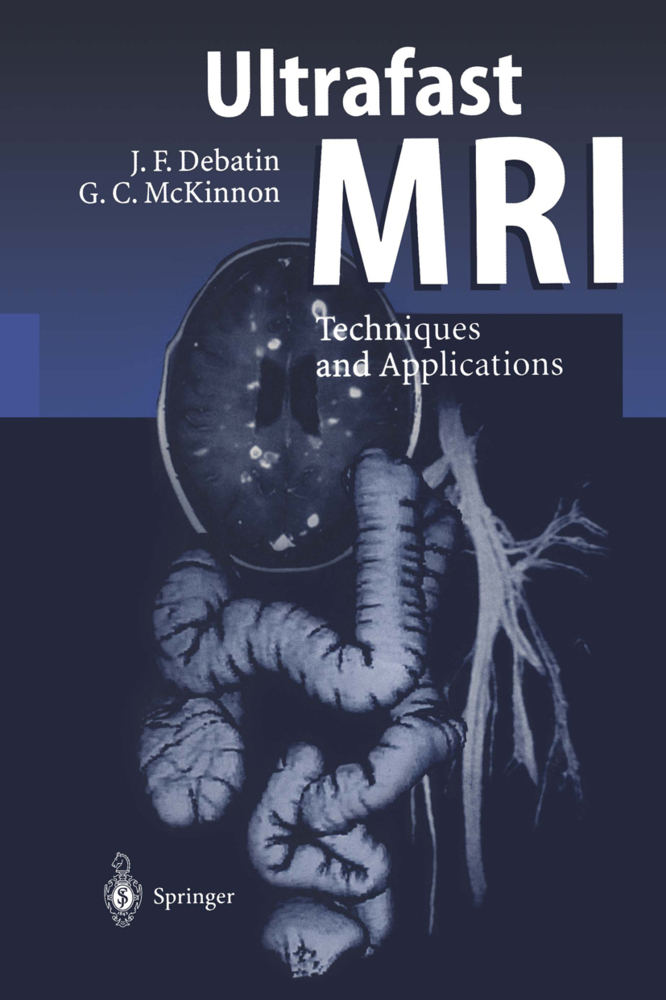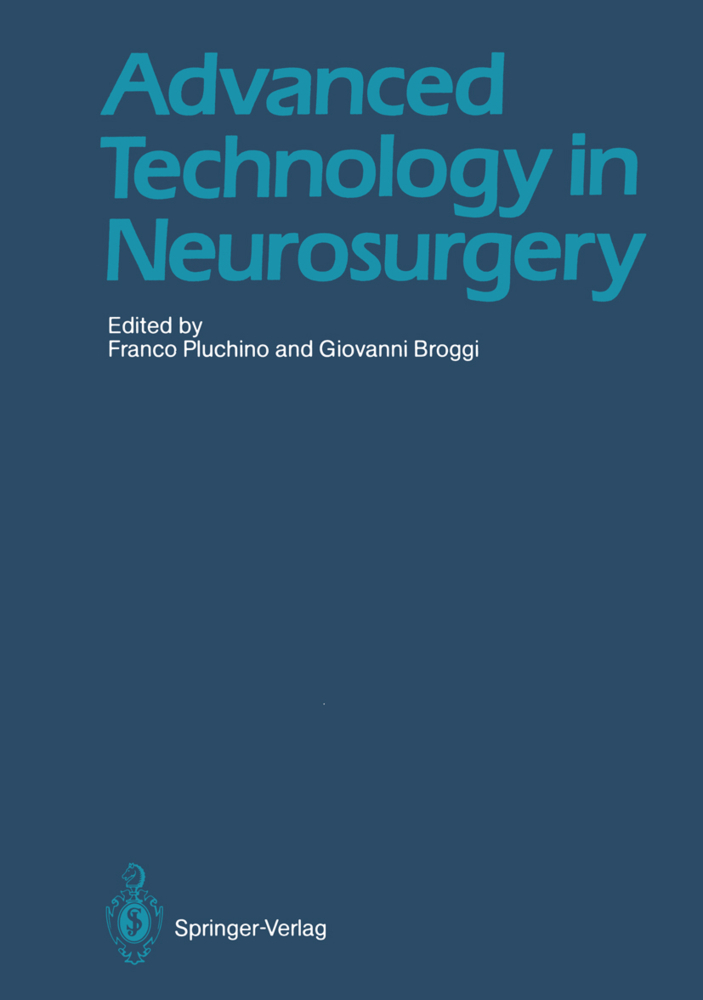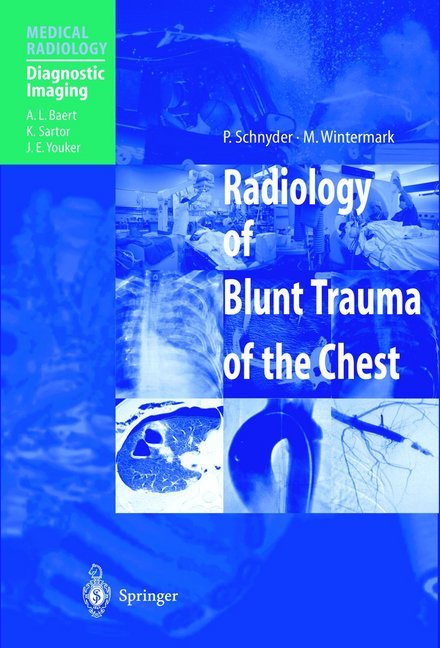Neuroradiology
A Neuropathological Approach
Neuroradiology
A Neuropathological Approach
Contents: Intracranial Pressure and Mass Displacements of
the Intracranial Contents. - Special Neuropathology -
Morphology and Biology of the Space-Occupying and Atrophic
Processes with Their Related Neuroradiological Changes of
Diagnostic Significance. - Cerebral Angiography. -
Pneumoencephalography. - Myelography. - Spinal Angiography.
- Discography. - Ossovenography and Epidural Venography. -
References. - Subject Index.
II. Mass Displacements and Space-Occupying Lesions
III. Mass Displacements by Atrophic Processes
B. Special Neuropathology - Morphology and Biology of the Space-Occupying and Atrophic Processes with Their Related Neuroradiological Changes
I. Space-Occupying Intracranial and Spinal Processes
II. Atrophic Cerebral Processes
III. Changes Following Trauma to the Skull and Brain
IV. Consequences of Craniocerebral Trauma as Revealed by Radiologic Contrast Procedures
V. The Pathogenesis of Infarcts
VI. Aneurysms and Arteriovenous Malformations
VII. Hypertensive Intracerebral Hemorrhage
C. Cerebral Angiography
I. History
II. Technique
III. The Normal Cerebral Angiogram
IV. The Pathological Intracranial Angiogram
V. Special Angiographic Procedures
D. Pneumoencephalography
I. History
II. Injection Technique
III. Radiologie Technique
IV. Gas Resorption
V. Autonomic Reactions
VI. Complications
VII. The Normal Pneumoencephalogram
VIII. General Rules for the Interpretation of Pneumoencephalograms
IX. The Pathological Pneumoencephalogram
X. Indications and Contraindications for Angiography and Pneumoencephalography (or Ventriculography) in the Absence of CT
XI. Comparison of the Indications for Conventional Neuroradiological Procedures and for CT
E. Myelography
I. History
II. Technique
III. Complications and Errors
IV. Indications
V. The Normal Myelogram
VI. The Pathological Myelogram
F. Spinal Angiography
I. History
II. Normal and Pathological Anatomy of the Spinal Cord Vessels
III. Examination Technique
IV. Complications
G. Discography
I. History
II. Technique of CervicalDiscography
III. The Normal Discogram
IV. The Pathological Discogram
V. Complications
H. Ossovenography and Epidural Venography
I. History
II. Anatomy
III. Technique
IV. Results
V. Complications and Contraindications
References.
the Intracranial Contents. - Special Neuropathology -
Morphology and Biology of the Space-Occupying and Atrophic
Processes with Their Related Neuroradiological Changes of
Diagnostic Significance. - Cerebral Angiography. -
Pneumoencephalography. - Myelography. - Spinal Angiography.
- Discography. - Ossovenography and Epidural Venography. -
References. - Subject Index.
A. Intracranial Pressure and Mass Displacements of the Intracranial Contents
I. Intracranial Anatomy and Mass DisplacementsII. Mass Displacements and Space-Occupying Lesions
III. Mass Displacements by Atrophic Processes
B. Special Neuropathology - Morphology and Biology of the Space-Occupying and Atrophic Processes with Their Related Neuroradiological Changes
I. Space-Occupying Intracranial and Spinal Processes
II. Atrophic Cerebral Processes
III. Changes Following Trauma to the Skull and Brain
IV. Consequences of Craniocerebral Trauma as Revealed by Radiologic Contrast Procedures
V. The Pathogenesis of Infarcts
VI. Aneurysms and Arteriovenous Malformations
VII. Hypertensive Intracerebral Hemorrhage
C. Cerebral Angiography
I. History
II. Technique
III. The Normal Cerebral Angiogram
IV. The Pathological Intracranial Angiogram
V. Special Angiographic Procedures
D. Pneumoencephalography
I. History
II. Injection Technique
III. Radiologie Technique
IV. Gas Resorption
V. Autonomic Reactions
VI. Complications
VII. The Normal Pneumoencephalogram
VIII. General Rules for the Interpretation of Pneumoencephalograms
IX. The Pathological Pneumoencephalogram
X. Indications and Contraindications for Angiography and Pneumoencephalography (or Ventriculography) in the Absence of CT
XI. Comparison of the Indications for Conventional Neuroradiological Procedures and for CT
E. Myelography
I. History
II. Technique
III. Complications and Errors
IV. Indications
V. The Normal Myelogram
VI. The Pathological Myelogram
F. Spinal Angiography
I. History
II. Normal and Pathological Anatomy of the Spinal Cord Vessels
III. Examination Technique
IV. Complications
G. Discography
I. History
II. Technique of CervicalDiscography
III. The Normal Discogram
IV. The Pathological Discogram
V. Complications
H. Ossovenography and Epidural Venography
I. History
II. Anatomy
III. Technique
IV. Results
V. Complications and Contraindications
References.
Kautzky, Rudolf
Zülch, Klaus-Joachim
Wende, S.
Tänzer, A.
Böhm, W. M.
| ISBN | 978-3-642-81680-2 |
|---|---|
| Medientyp | Buch |
| Copyrightjahr | 2012 |
| Verlag | Springer, Berlin |
| Umfang | XII, 324 Seiten |
| Sprache | Englisch |

